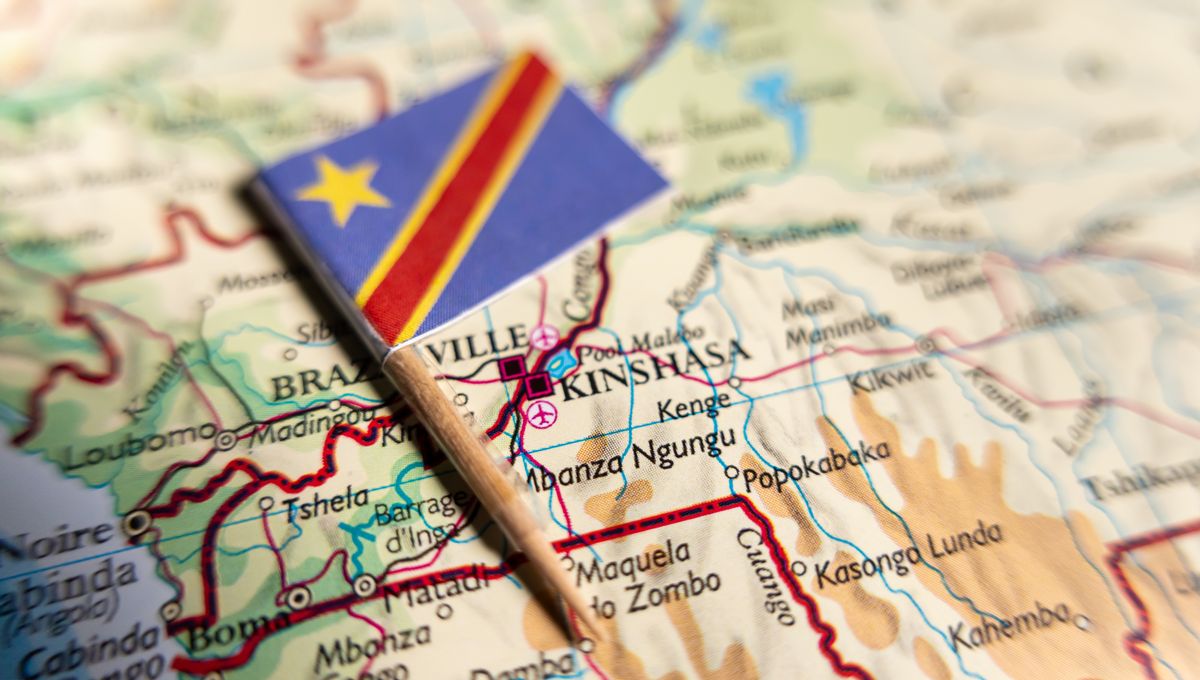
An unidentified disease has reportedly affected over 400 people in the rural Kwango Province of the Democratic Republic of the Congo (DRC) since October 2024. Some estimates have placed the number of deaths so far in excess of 140, although experts acknowledge the challenge of getting a true sense of the scale of the issue.
“Given the difficulties in identifying mild infections in Central Africa, the infection likely has a much lower mortality rate than [the] figures would suggest,” said Professor Paul Hunter of the University of East Anglia in a statement to Science Media Centre.
Still, for a country currently grappling with the public health emergency caused by the ongoing mpox outbreak, this new mystery illness is putting unwelcome strain on the health system.
The situation as it stands
According to a World Health Organization (WHO) report, 406 cases of the disease were officially recorded by the Panzi health zone in Kwango Province between October 24 and December 5, with the majority of those among children. In the most severe cases, malnutrition was also recorded as a compounding factor.
“The illness appears to be predominantly a respiratory infection with symptoms including fever, headache, nasal congestion, cough, difficulty breathing, and anaemia,” Professor Hunter explained.
After an emergency meeting on November 30, a local rapid response team was deployed, followed shortly thereafter by a national-level team supported by the WHO. Work is ongoing on the ground to monitor the outbreak and deliver medical care, with the aim of preventing further deaths.
However, there are significant challenges. The affected area is rural and remote, a two-day journey from the capital Kinshasa on roads impacted by the rainy season. Healthcare here is not provided free of charge, so the most vulnerable are likely missing out on treatments and preventative care, such as vaccines. Supply issues have led to insufficient or patchy stocks of common medications, and other vital medical supplies like blood for transfusions can be disrupted.
In addition, food security in Kwango Province was judged to have reached “crisis level” in September 2024. In a press conference broadcast on social media platform X, Congolese Minister of Public Health, Hygiene, and Prevention Roger Kamba explained how this region sees some of the highest rates of child malnutrition in the country.
“The overall risk level to the affected communities is assessed as high,” reports the WHO.
The aim now is to try and mitigate the local situation as far as possible while seeking to prevent the spread of the disease, but there’s another glaring question that still remains: what illness are we actually dealing with here?
What is causing the mystery illness?
“It looks like a respiratory disease,” Kamba told reporters. “I said: it looks like it.” At the time of the press conference, official notice of the outbreak had only reached government ears a few days prior, so very little was known.
“I’d say there are multiple, potential infectious causes for this unidentified illness cluster, based on the symptoms described and descriptions of who is being affected the most, and there are some possible non-infectious causes too,” Dr Jake Dunning, of the Pandemic Sciences Institute at the University of Oxford, told Science Media Centre.
“Speculating about causes for unidentified illness events – which happen periodically, especially in African countries – is not helpful and can sometimes be harmful.”
Dunning explained that epidemiological investigations take time, and that it’s important for the international community to allow the officials on the ground to complete their work.
However, there has been one recent step forward. In a briefing on December 10, WHO Director-General Dr Tedros Ghebreyesus highlighted the potential involvement of malaria in at least some of the cases.
“Of the 12 initial samples collected, 10 tested positive for malaria, although it’s possible that more than one disease is involved. Further samples will be collected and tested to determine the exact cause or causes,” he said.
Malaria is endemic in the region, and the levels of malnutrition coupled with poor preventative healthcare coverage mean there is a vulnerable population in Kwango Province.
It will likely be some time before we have a clearer picture of the causes of the unidentified illness, but there are at least some early signs that the localized response is working. As reported by University of Minnesota CIDRAP, the WHO’s Dr Abdi Mahamud said there has not been a large increase in cases or deaths, while Dr Mike Ryan praised DRC officials for their rapid reporting of the outbreak.
Source Link: “Mystery” Illness Strikes The Democratic Republic Of The Congo – What Do We Know?